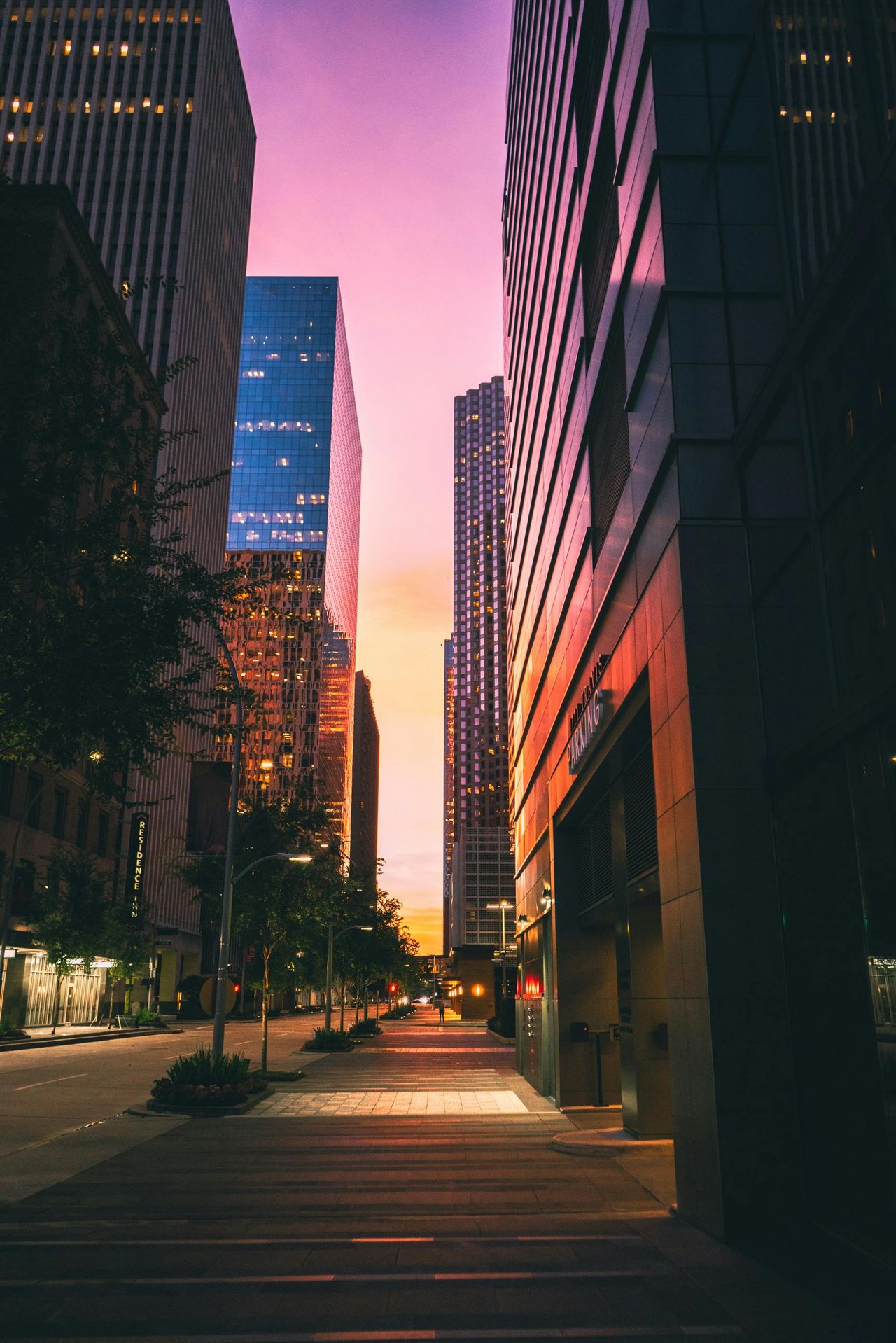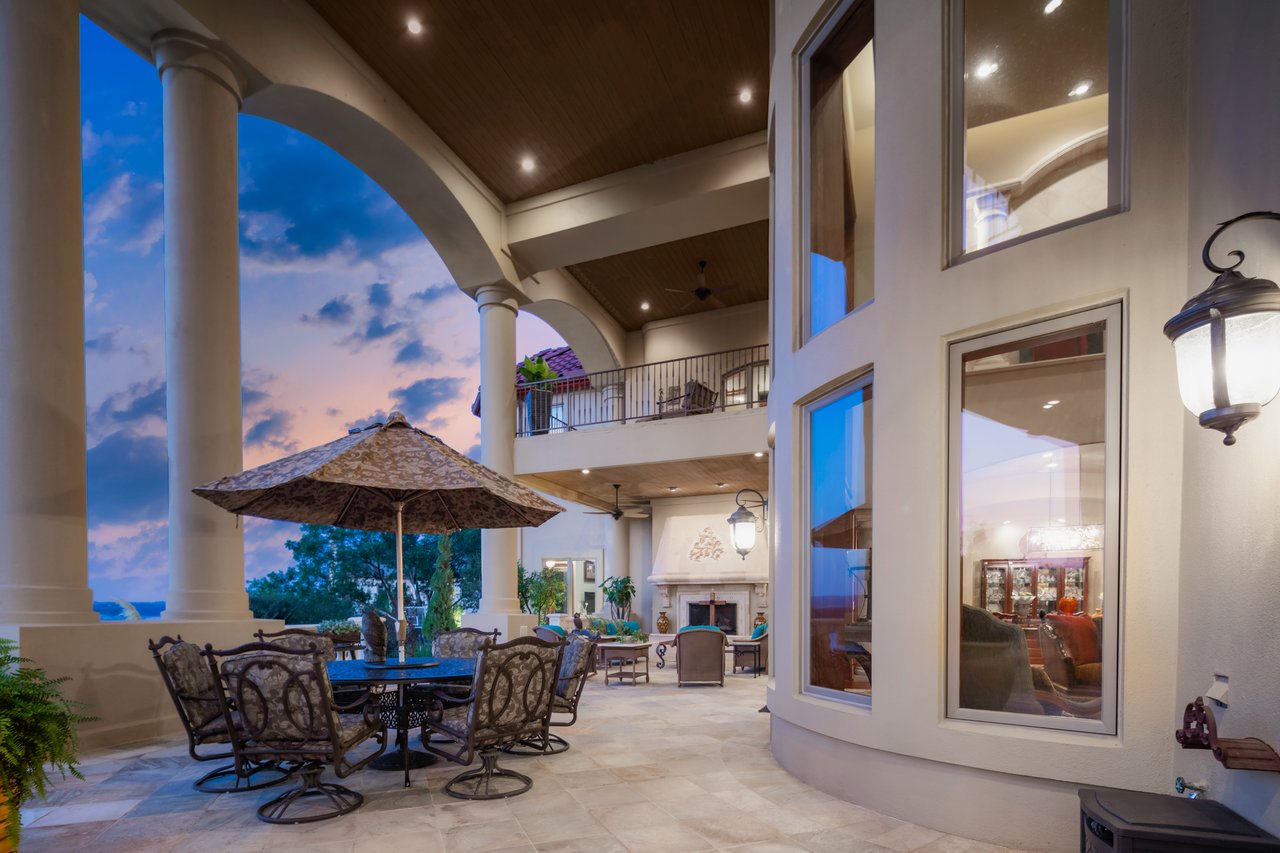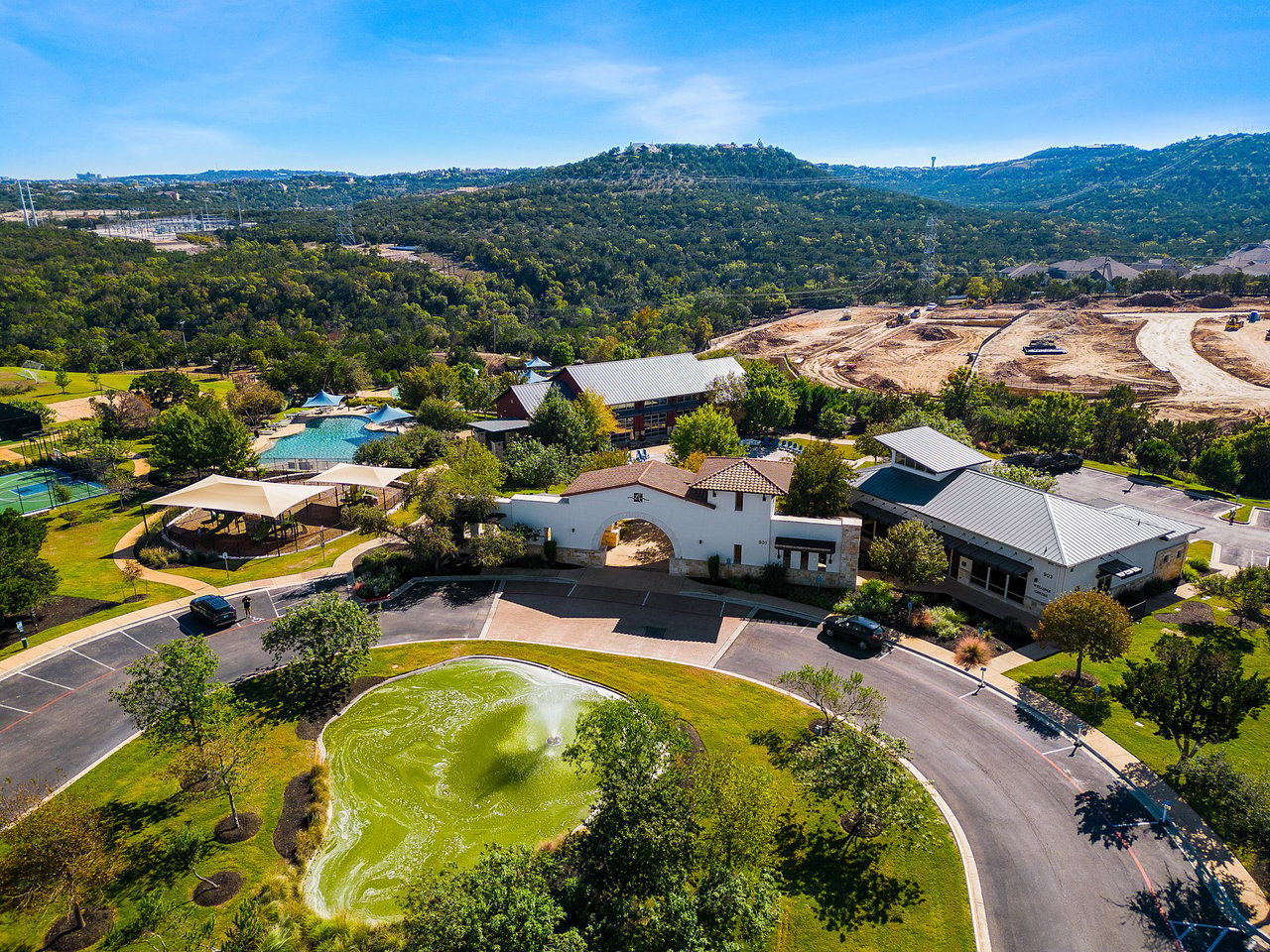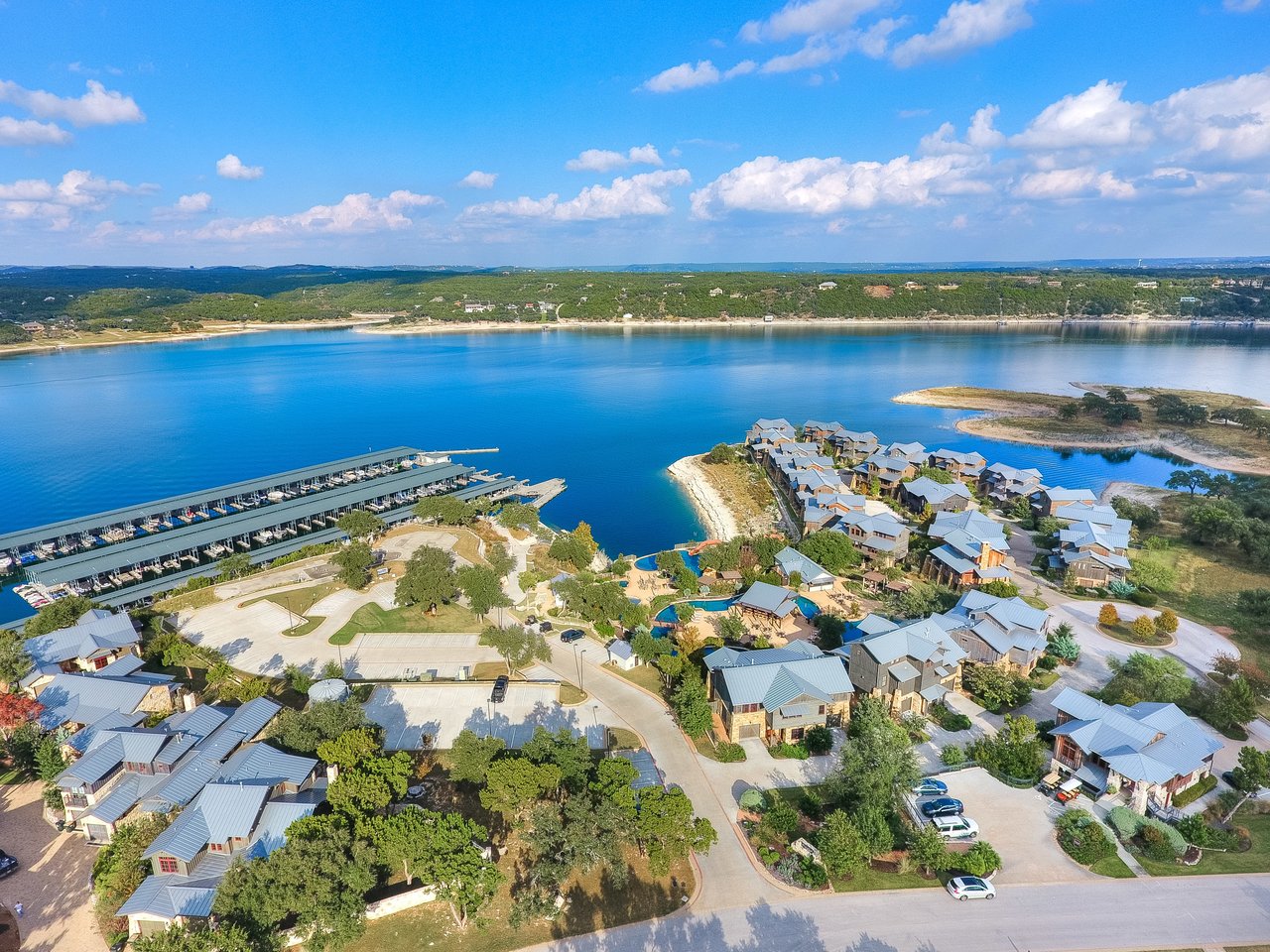


Monica Fabbio February 6, 2025
Austin’s Growth, Transformation, and Challenges: A City on the Rise
Austin, Texas, has solidified its place as one of the most sought-after destinations in the United States, thanks to a unique blend of cultural appeal, innovation, and the ability to attract top talent and businesses. The city’s mix of inclusivity, creativity, and growing tech scene contributes to its growing "cool factor." Here’s a look at some of the exciting changes taking place in Austin, from infrastructure developments to challenges surrounding business and public safety.
Austin's reputation as a vibrant and dynamic city continues to attract people from across the globe. The city has earned the title of a “general admission city,” a place where inclusivity and creativity thrive. It’s a destination that draws in talent from a variety of industries, and its cultural scene, including music, food, and tech, gives it a unique energy.
A standout in Austin’s culinary scene, the city boasts 9 of Texas' 15 Michelin-starred restaurants. With 23 Michelin-recommended restaurants and 6 James Beard nominations in 2025, Austin’s food scene is on par with some of the nation’s most renowned dining cities.
As Austin grows, it’s also becoming a major player in the U.S. population rankings, recently surpassing 1 million residents to become the 11th largest city in the U.S. However, the city's convention center, once ranked 60th in the country, is in desperate need of an upgrade to keep up with its expanding stature.
To support the city’s growth, several large-scale infrastructure projects are underway:
The expansion of I-35 is expected to cause significant disruptions in the short term, but the long-term benefits will be worth it. This key traffic artery will be modernized to improve flow and capacity, addressing the city's growing transportation needs. While no specific timeline has been shared, this project will coincide with other major developments in the area.
Starting in March 2025, Austin will embark on a massive overhaul of its convention center. The existing venue will be demolished to make way for a state-of-the-art facility that will be twice the size of the current one. This expansion will elevate Austin from the 60th to the 35th largest convention center in the U.S., making it more competitive in attracting national and international events. Key features will include:
The convention center expansion is expected to be completed by mid-to-late 2028.
Austin-Bergstrom International Airport is also undergoing a major expansion. With a $4 billion investment, including over $1 billion in construction contracts already awarded, the project will add 20 new gates to accommodate the growing demand for air travel. A new underground tunnel will connect concourses, streamlining passenger flow. The expansion is expected to be completed by 2030.
The city’s public transit system will also see a significant upgrade with the planned light rail project. Phase 1 will feature a 10-mile route connecting 15 locations, including downtown, the University of Texas, and the new convention center. Trains will run every 5 to 10 minutes for maximum convenience. The full light rail system is expected to be operational by 2033, with the possibility of an extension to the airport, depending on funding. This project is projected to spur the development of 50,000 housing units along the rail line by 2045, a significant increase over the current 23,000 units.
Austin’s ambitious infrastructure projects come with challenges for businesses, particularly those near construction zones. Iconic establishments like Iron Works BBQ, which is located in close proximity to some of the ongoing projects, may face disruptions during the multi-year construction phases. To help mitigate the impact, proposed strategies include:
These initiatives aim to help businesses stay afloat during a period of transformation and ensure that Austin remains an attractive destination for both locals and tourists.
With the growth in population and infrastructure, Austin’s downtown area is facing some challenges:
Despite the city’s overall growth, downtown Austin is grappling with higher-than-desired office space vacancy rates. The shift toward hybrid and remote work models has contributed to a decrease in demand for traditional office spaces.
Similarly, residential occupancy rates in downtown Austin have dropped to 85%, a decline from previous years when the area enjoyed stronger occupancy levels.
Retail spaces in downtown Austin are also adjusting to changing consumer habits. Many storefronts are now operating primarily in the evenings to accommodate reduced daytime foot traffic. To counter this trend, programs like the Downtown Austin Space Activation Program (DASA) are working to revitalize underutilized spaces and stimulate economic activity in the area.
Public safety remains a top priority for both businesses and visitors. The city has committed millions of dollars toward supporting police and community safety measures, ensuring that Austin remains a welcoming and secure place for everyone.
Despite these challenges, Austin’s tourism and economy remain resilient. The city continues to grow as a global destination, with its downtown hotel inventory more than doubling from 6,800 rooms in 2014 to over 15,000 rooms in 2025.
To attract visitors during the 40-month gap without a fully functioning convention center, new tourism campaigns are being launched. Additionally, international travel demand is on the rise, with new direct flights from British Airways and Lufthansa adding to Austin’s global connectivity.
Austin is a city in the midst of rapid transformation. From its booming culinary scene to major infrastructure projects, it’s clear that Austin is committed to growing in a way that supports its unique culture while preparing for the future. While challenges like construction disruptions and downtown vacancies persist, the city’s resilience and forward-thinking strategies promise a bright future for residents, businesses, and visitors alike.
Information presented by Austin Business Journal & Austin Title Group


A Deep Dive Into the Growing Migration Trend

Your 2025 Guide to the Best Places to Live

Is It Right for You?

Best Parks, Cafés & Neighborhoods for Pet Owners



From Tarrytown to East Austin

Here’s What It Means for You
Monica distinguishes herself as an exceptional professional in the real estate industry, consistently exceeding all expectations by delivering unparalleled service. Leveraging her extensive market expertise, Monica excels in optimizing property market values when entrusted to list or search for a property. Whether you're interested in buying or selling, Monica collaborates closely with clients to pinpoint their ideal properties, secure the most advantageous deals, and consistently provide a truly FABulous real estate experience.